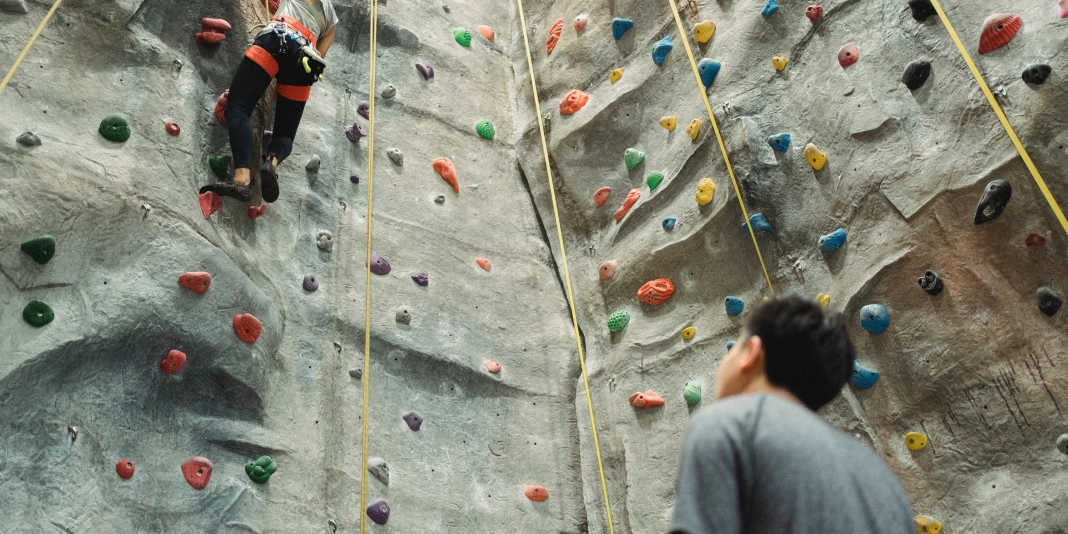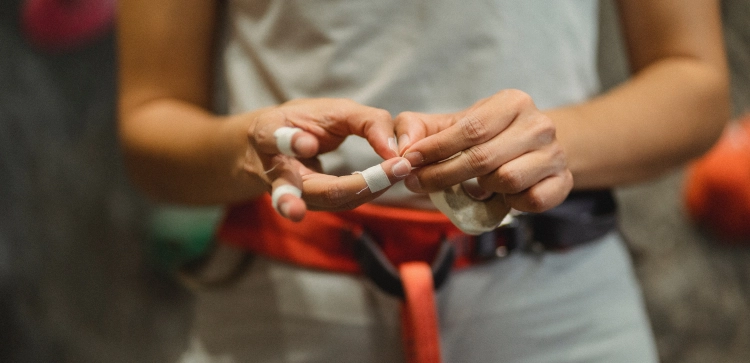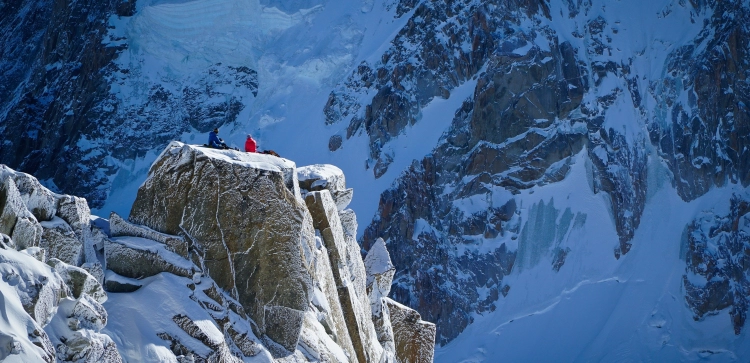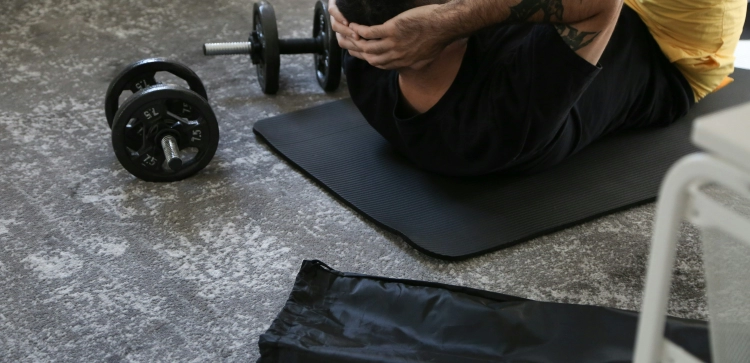What's The Significance Of Proper Belaying Techniques?

In the intricate dance of climbing, the significance of proper belaying techniques cannot be overstated. Belaying is not just a technicality; it's a lifeline that connects climbers, ensuring safety, trust, and the freedom to ascend. In this comprehensive guide, we'll unravel the importance of mastering proper belaying techniques, exploring their role in safety, communication, and fostering a resilient climbing community.
Elevating Safety Through Belaying Mastery
Anchoring Trust in the System
Proper belaying techniques are the bedrock of climbing safety. Anchoring trust in the belay system creates a secure environment for climbers to push their limits. A well-trained belayer acts as a vigilant guardian, ready to respond to dynamic situations, from unexpected falls to rapid ascents.
Minimizing the Impact of Falls
Accidents are inherent to climbing, but proper belaying serves as a mitigating force. Through dynamic belaying techniques and adept use of belay devices, a skilled belayer minimizes the impact of falls. This not only protects the climber but also ensures a controlled descent, reducing the risk of injuries.
The Crucial Role of Communication in Climbing
Clear Communication Channels
Belaying is a dynamic dialogue between climber and belayer, reliant on clear communication. Proper belaying techniques establish effective channels for conveying critical information. From pre-climb checks to real-time updates during the ascent, communication is the thread that weaves a seamless climbing experience.
Navigating Varied Climbing Styles
Different climbing styles demand nuanced belaying techniques. Whether it's the dynamic movements of lead climbing or the controlled progressions of top-roping, a proficient belayer adapts their techniques to match the intricacies of each climbing scenario. This adaptability ensures a synchronized dance between climber and belayer.
Fostering a Resilient Climbing Community
Building a Foundation of Trust
Proper belaying techniques contribute to the development of trust within the climbing community. Climbers rely on their belayers to safeguard their ascents, and this trust forms the bedrock of a resilient and supportive climbing community. A network of trust fosters camaraderie and mutual respect among climbers.
Passing Down Climbing Etiquette
Belaying is not only a technical skill but also a beacon of climbing etiquette. By mastering proper belaying techniques, climbers embody a commitment to the safety and well-being of their peers. Passing down these techniques perpetuates a culture of responsible climbing, creating a positive and inclusive climbing environment.
The Dual Responsibility of Climbing Partners
Shared Accountability for Safety
In climbing partnerships, both climber and belayer share accountability for safety. Proper belaying techniques empower the belayer to fulfill their crucial role, while the climber assumes responsibility for effective communication and adherence to safety protocols. The synergy of this partnership forms the backbone of a secure climbing experience.
Continuous Learning and Adaptation
Climbing is an ever-evolving sport, and mastering belaying techniques requires a commitment to continuous learning. Staying informed about advancements in gear, safety protocols, and techniques ensures that belayers remain at the forefront of safety standards, contributing to the overall progress of the climbing community.
Conclusion: Weaving Safety into the Climbing Tapestry
Proper belaying techniques are not just technical skills; they are the threads that weave safety into the climbing tapestry. From anchoring trust and minimizing falls to fostering communication and building a resilient community, the mastery of belaying techniques goes beyond the mechanics—it becomes a testament to the shared commitment to safety and the joy of ascent.
















